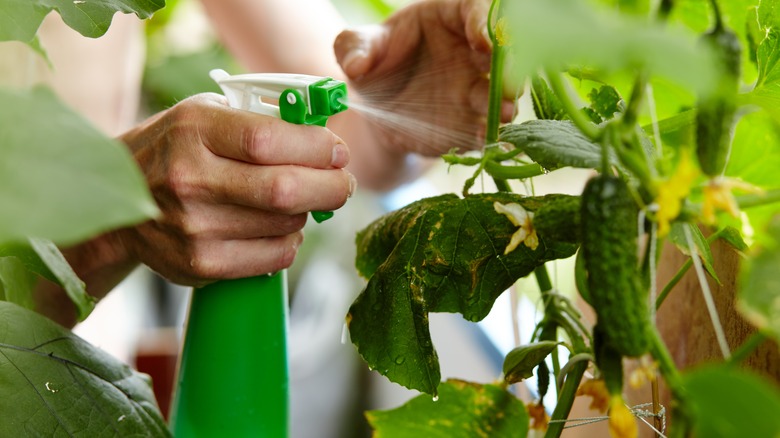Picture the frustrating sight of cottony white wax spattered across the lush green leaves of a favorite plant — the hallmark of a mealybug invasion. Whether in your tranquil indoor green corner or the brimming outdoors, these tiny, sap-sucking invaders are no stranger to slackening the vibrance of your plants. The aftermath of their invasion echoes in stunted plant growth, dropping leaves, and a sticky honeydew excretion that sets the stage for unsightly mold and an invasion of ants. You certainly want to act promptly. But before you reach out for synthetic insecticides for mealybugs, consider a natural mealybug deterrent lurking within your kitchen cabinet: ground cinnamon.
A regular in your favorite autumn recipes, cinnamon powder does more than merely please our taste buds. It’s also a proven bug repellent, primarily thanks to its potent aroma that’s attributable to a component known as cinnamaldehyde. Your leafy companions will stand tall and triumphant as even mealybug larvae and pupae wither, suffocated by the spice’s aroma. Not to mention, deploying cinnamon as your mealybug combatant is as eco-friendly as it gets. And your budget? Hardly dented. But that’s not all. You’ll also appreciate that cinnamon doubles as a combat force against mold and plant diseases like powdery mildew, courtesy of its potent antifungal properties. Now, let’s walk you through how to get rid of mealybugs on plants naturally using cinnamon.
Get rid of mealybugs on plants with cinnamon spray

Gather the essentials first: cinnamon powder, water, a muslin cloth, liquid soap (surfactant), a spray bottle, a handy small funnel, a jug, and a strainer. And if cinnamon powder isn’t already within arm’s reach? Grinding cinnamon bark in a blender can save the day. Let the war drums roll as you combine four tablespoons of ground cinnamon with three cups of hot water and a tablespoon of liquid soap in a jug.
Remember that cinnamon compounds are stealthily volatile and outwit these elusive oils by letting your concoction steep for 10 to 30 minutes while safely under a cloth guard — ideally, a muslin fabric. Next, run your mixture through a strainer, sidelining cinnamon particles that could jam your spray bottle’s nozzle. Then, using a small funnel, transfer your mixture into the sprayer, plug in the nozzle, and shake the bottle vigorously.
Don’t go guns blazing with your cinnamon-laced home remedy for mealybugs, though. Sample the concoction’s impact on a single leaf or plant first. Should there be adverse reactions, water down your brew slightly. Cleared for action? Mist the affected plants with that deliciously scented, mealybug-demolishing potion. However, victory often comes from several treatments, not just a single strike. And speaking of alternatives, a sprinkle of ground cinnamon around your plant’s base or a spray of diluted cinnamon essential oil can do the trick. But exercise caution, for essential oils can spell disaster for your furry pets (per Pets Poison Helpline).